Ivy League Hair
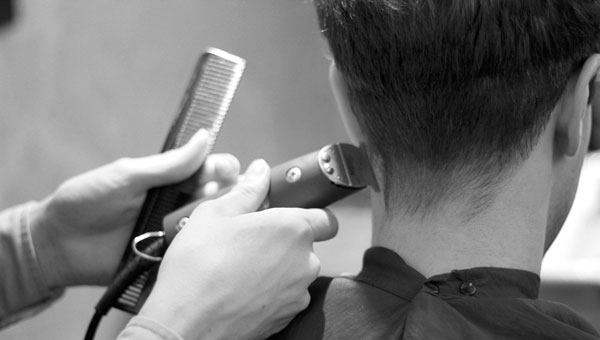
The following is an article I wrote the blog of barbers Murdock London, The Murdock Man, published January 2012
‘Preppy’ style has been going through somewhat of a revival of late. A look around at the shops nearby Murdock’s flagship barbershop in Covent Garden also evidence the growing interest in traditional and heritage style from both the UK and US – Barbour, Jack Wills, Ralph Lauren Rugby and Hackett to name a few.
Most associate the term ‘preppy’ with the Ivy League universities of East Coast of the US. The term refers to the private preparatory schools students attended before university. In the 50s and early 60s these universities still had a policies on what students should wear, clothing was quite formal by today’s standards – shirts, ties, blazers were the usual attire for the men. Hair was no different, a short back and sides meant students looked smart and business-like. Students had to keep their appearances up, so had their hair trimmed every two weeks or so. Given the number of students in the university towns on the East Coast barbers became familiar with the style the students sported, slowly naming this haircut ‘Ivy League’ or the ‘Princeton’. This style then spread throughout the US and was a standard offering on Barber’s boards across the country.
The Man Who Wasn’t There by The Cohen Brothers
This was not the first time the Ivy League universities had influenced a hair cut. The ‘crew cut’ is said to have been named after the Yale University Rowing Crew, who adopted the short cut in the 1890s. This cut was later adopted by the US army during WWII and became popular amongst civilians throughout the 1950s. The ‘Ivy League’ cut is essentially a slightly longer version of the Crew Cut, giving the wearer more freedom to style in a variety of ways, whether neatly parted and styled or left looser at the front.

1911 Yale University Rowing Crew
I went to over to see Murdock barber Matthew Jessop at their Liberty shop for an Ivy inspired trim. Matthew proudly showed me his Oster 97 clippers. Oster was one of the first companies to manufacture electric clippers, starting in the 1920s in the US, they are likely the very same clippers used to cut university students’ hair in the 50s and 60s.
Using images from cult book Take Ivy as inspiration Matthew tapered the back of my hair through numorous grades, leaving the sides slightly longer, trimming the length on the top to fit:
“I started with a five clipper grade on sides and back working evenly and gradually down to a three on the sides and a two on the nape. I edged it off mini clippers, tapering the hair line at nape and ear exceptionally tight. Then I shampooed the hair to get rid of very fine hairs and to clean and condition the length on top. As there was sufficient length on top, I just trimmed it and put in slight restructuring so that it doesn’t grow out too quickly, before blending the sides into the top.”
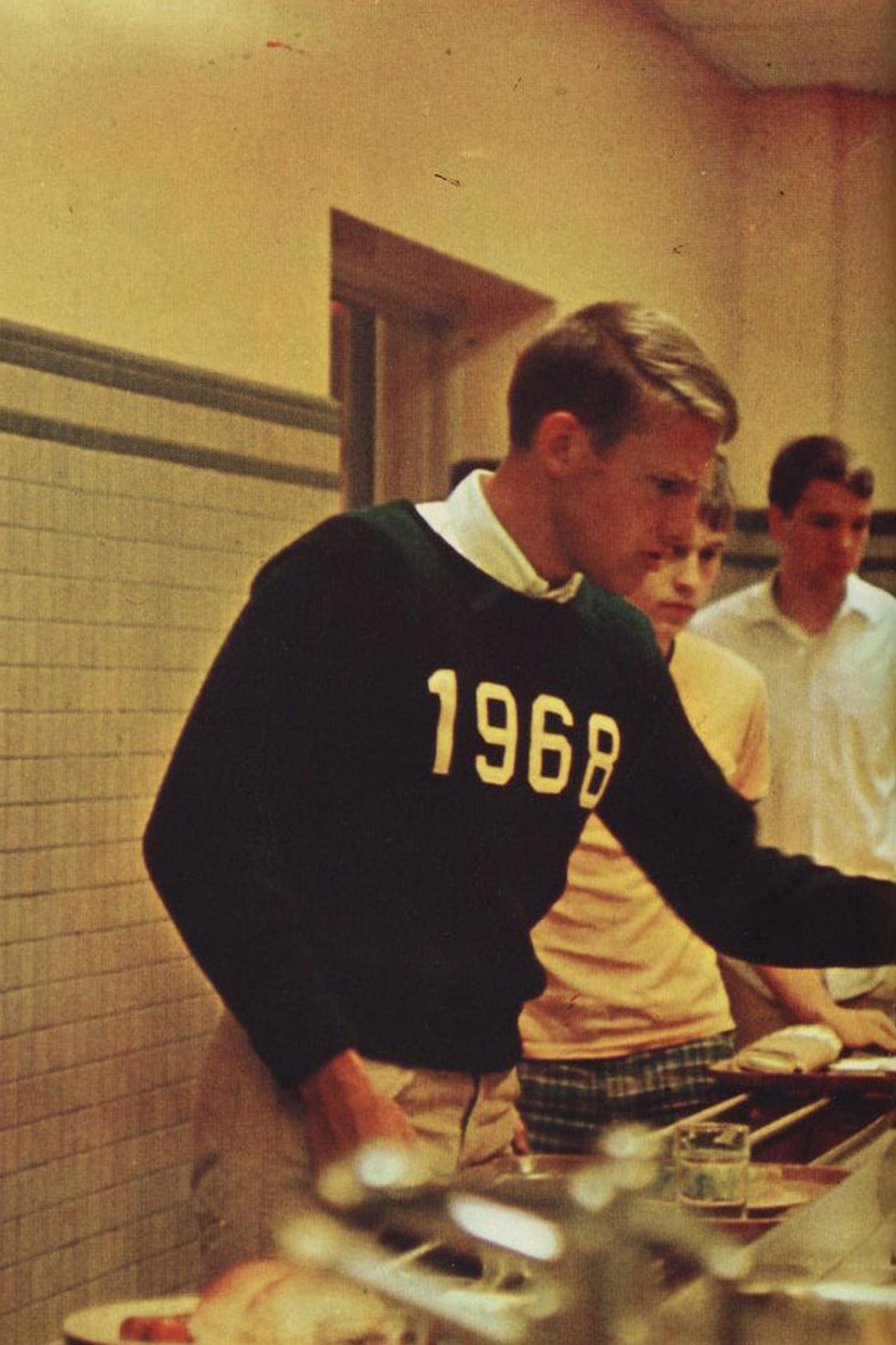
Student Ed Heald, Dartmouth College, 1965 – Take Ivy
So why is there a resurgence now? Murdock founder Brendan Murdock certainly recognises this growing revival in more classic hairstyles, “The 90s and early 2000s were more casual and relaxed. Now in times of austerity there is often a return to traditions. There is a certain view that these times past were more innocent, national identity stronger, the positives of these eras, which we as a nation like to romanticize.”
With on-going TV shows such as Mad Men focusing on the lives of Ivy League educated New Yorkers (character Pete Campbell was a Dartmouth College graduate), there’s bound to be more interest in US East Coast preppy style yet to come.
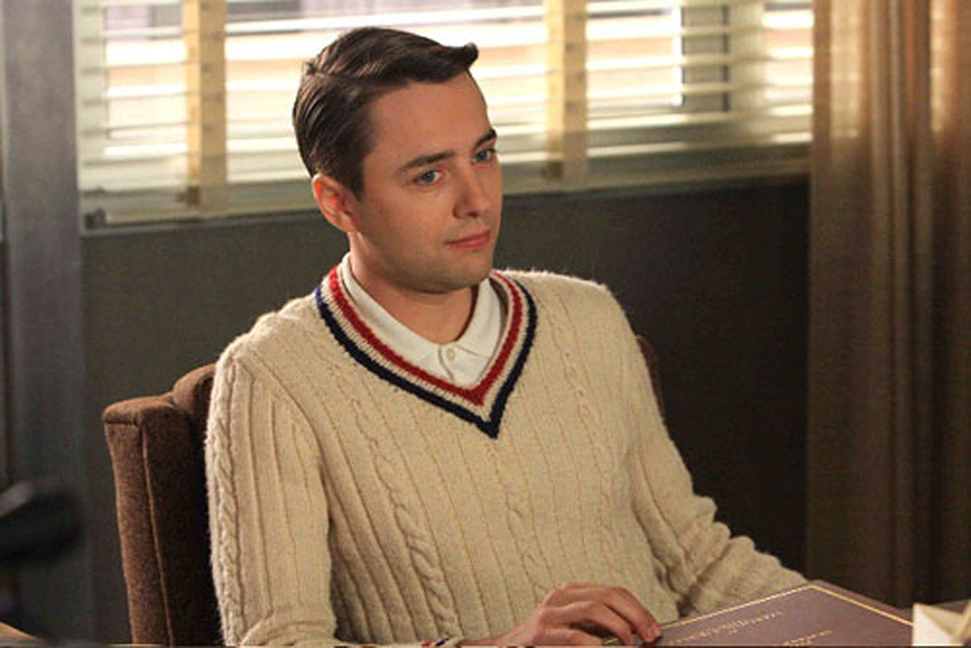
Character Pete Campbell on Mad Men
 Preposity
Preposity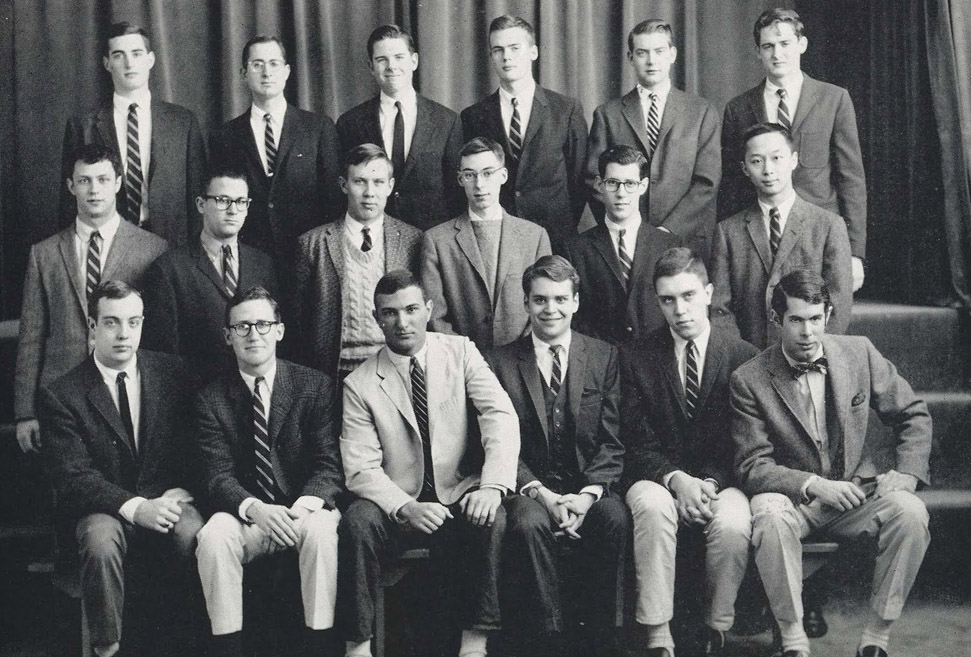
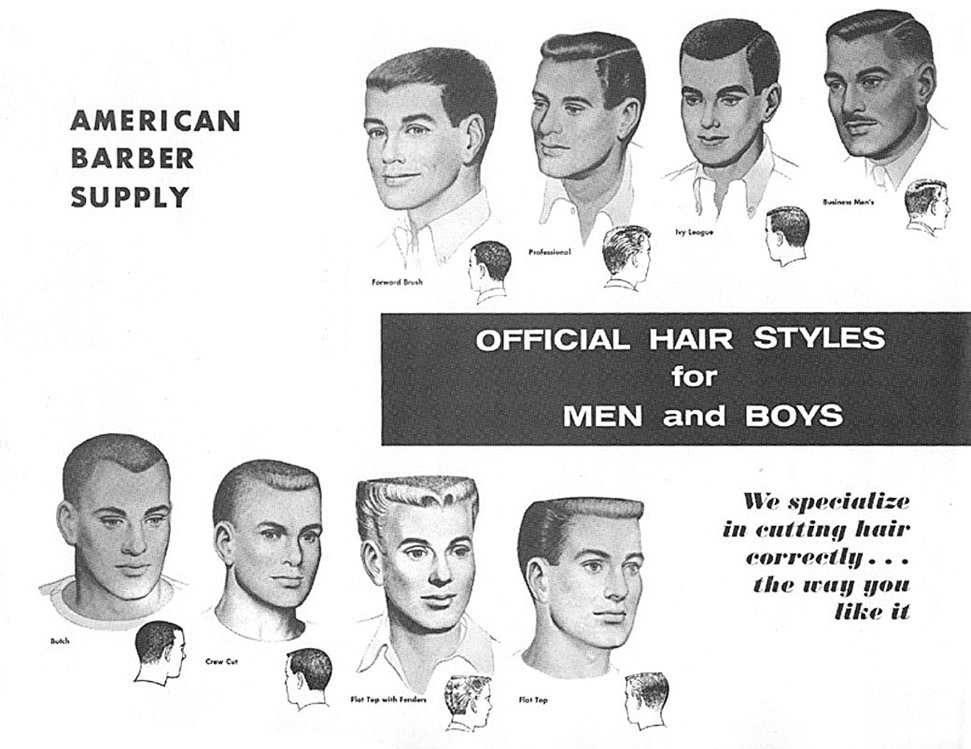
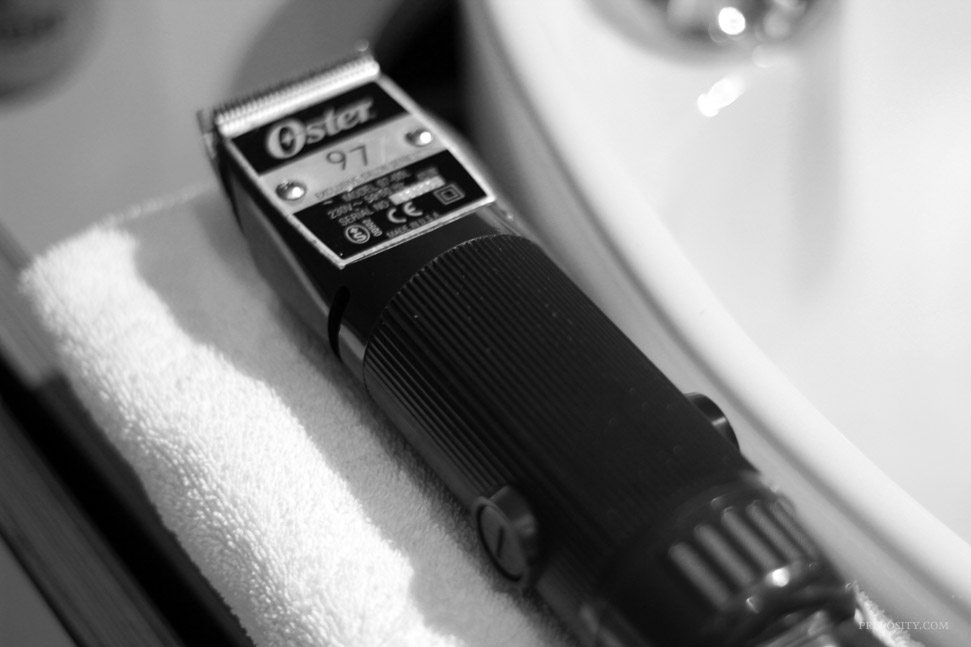
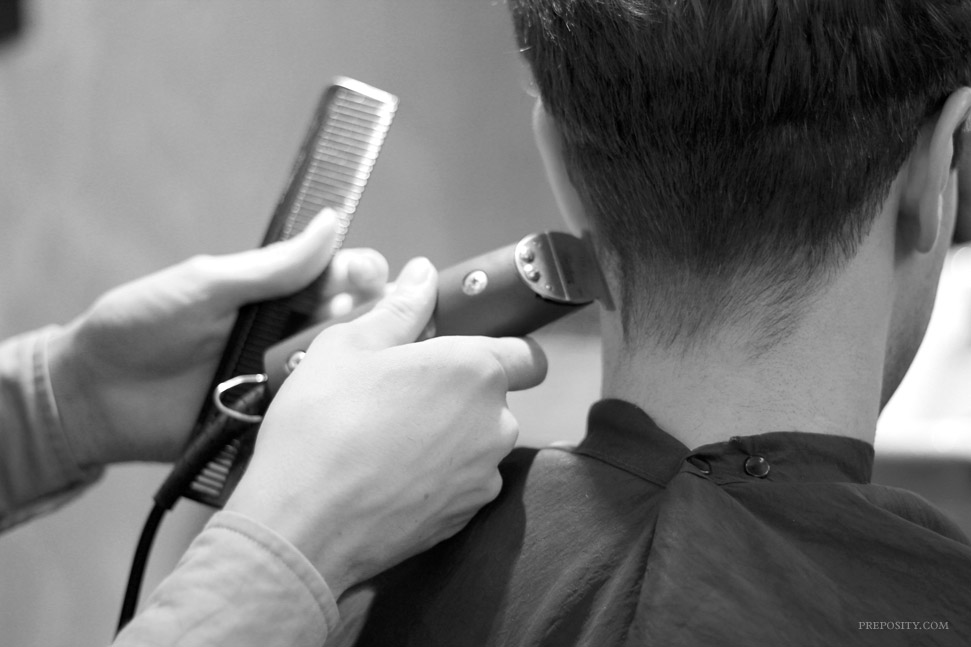
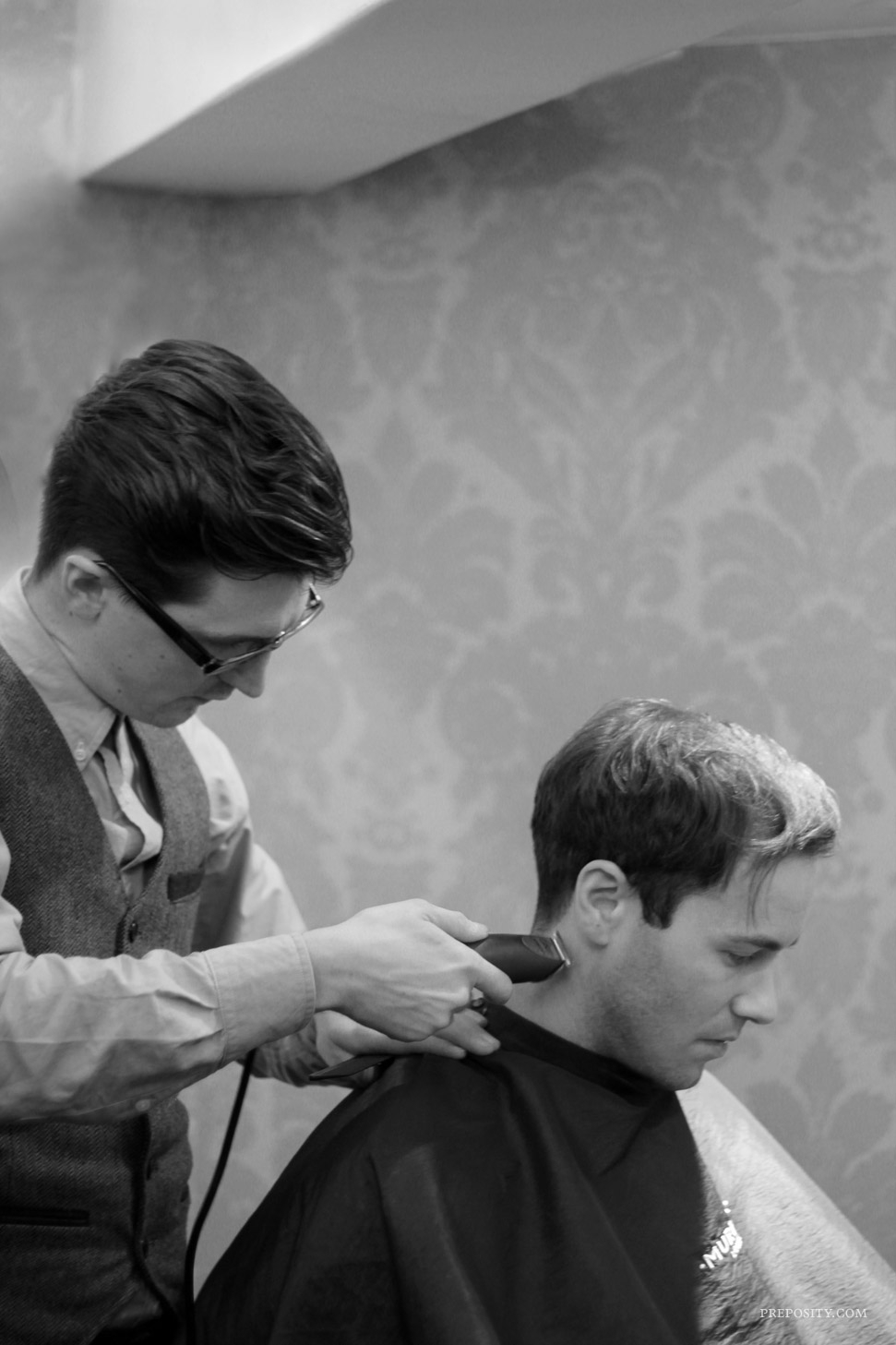
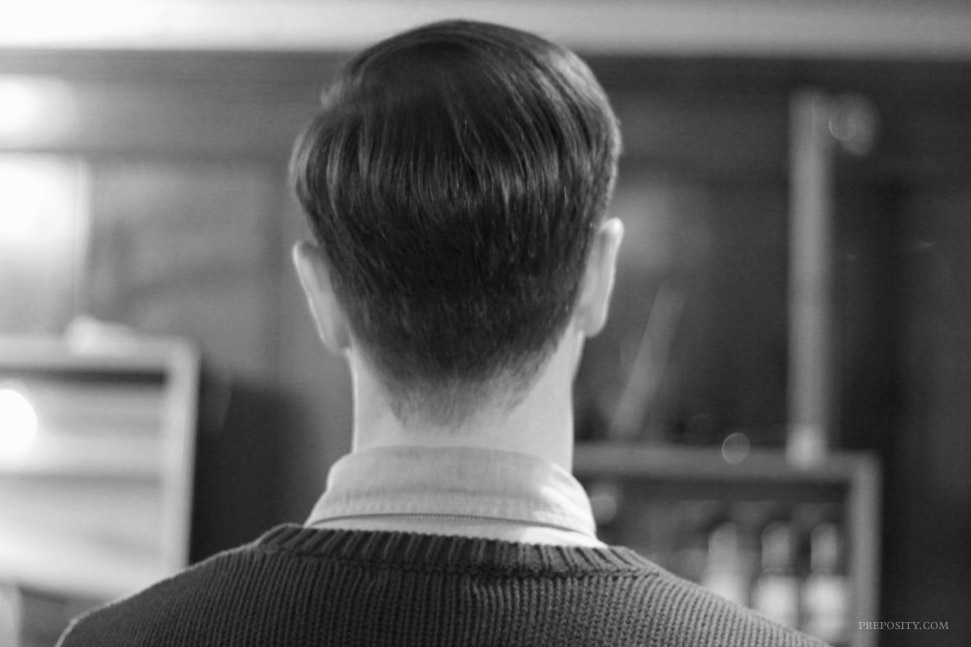
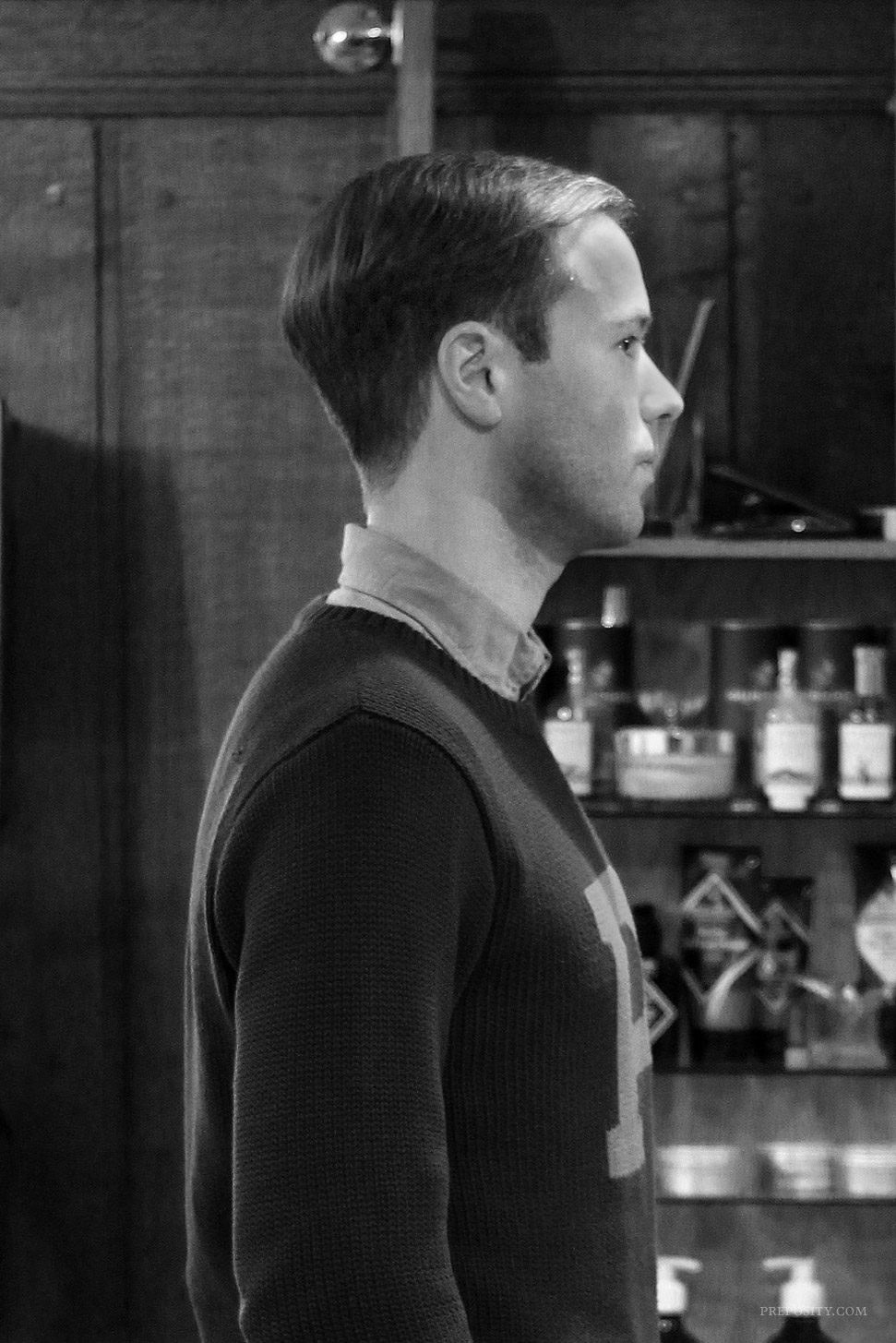
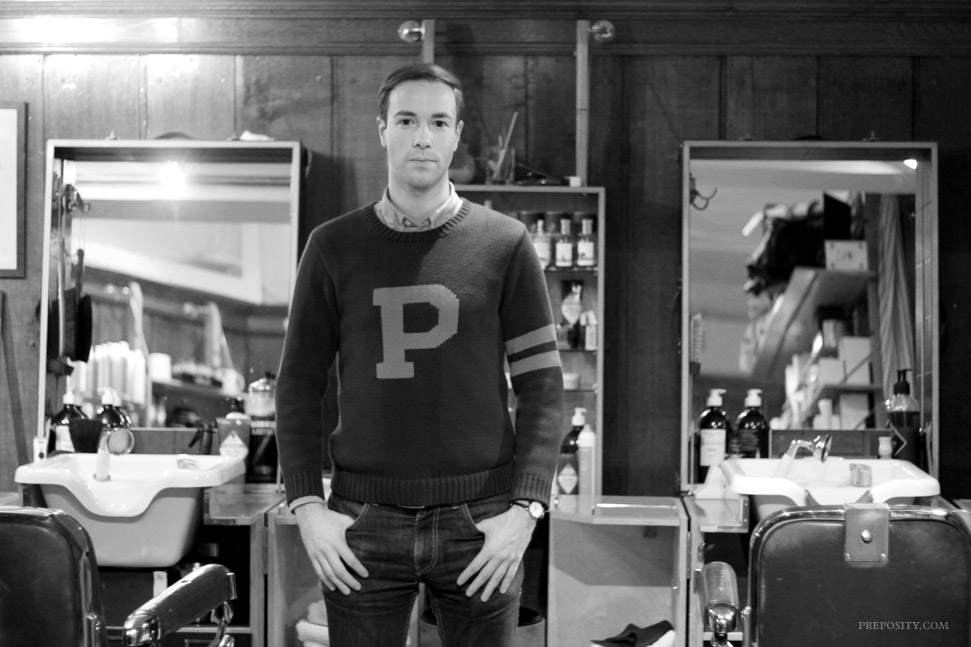

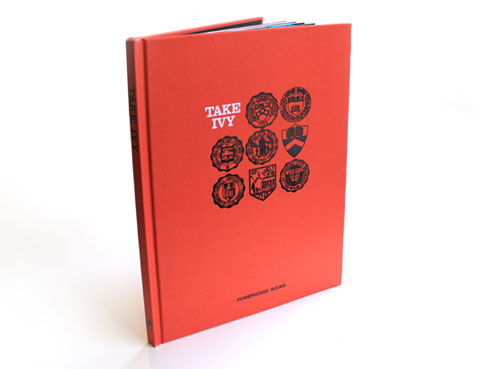
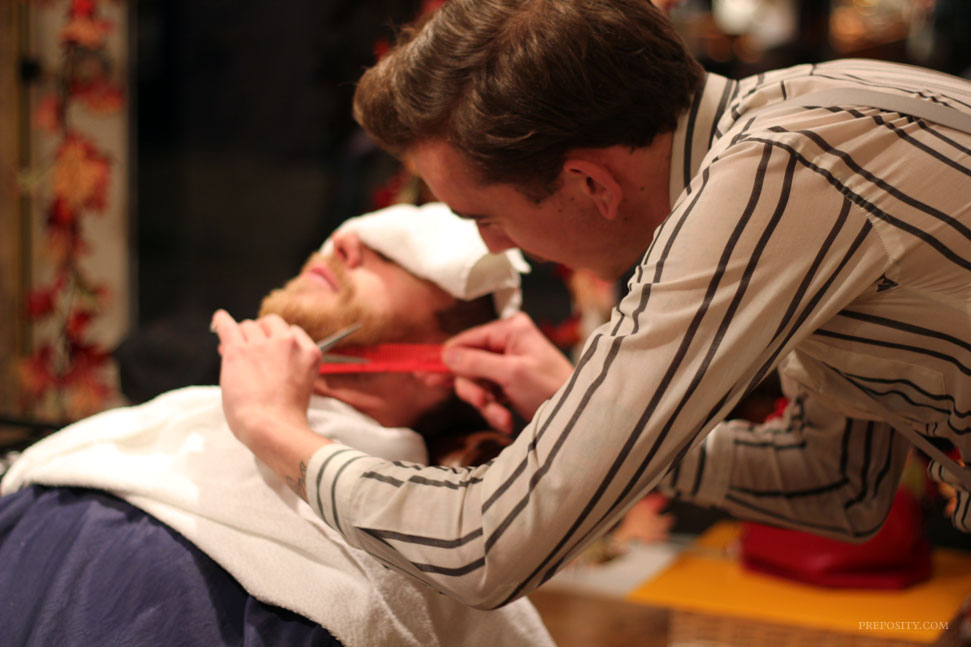

It’s Dartmouth College.